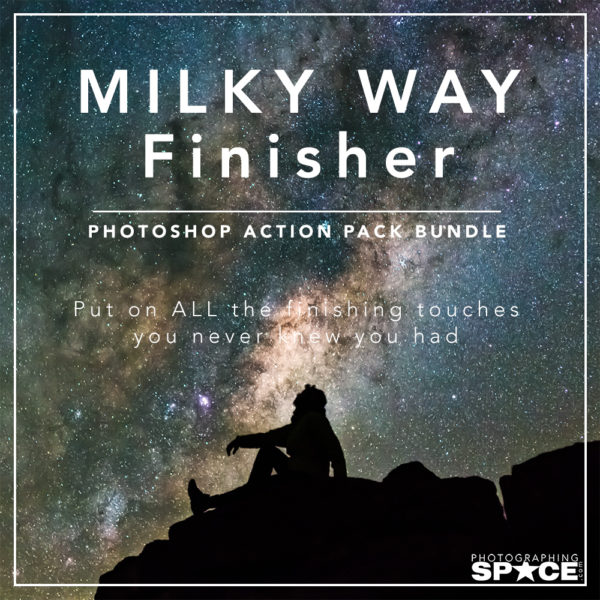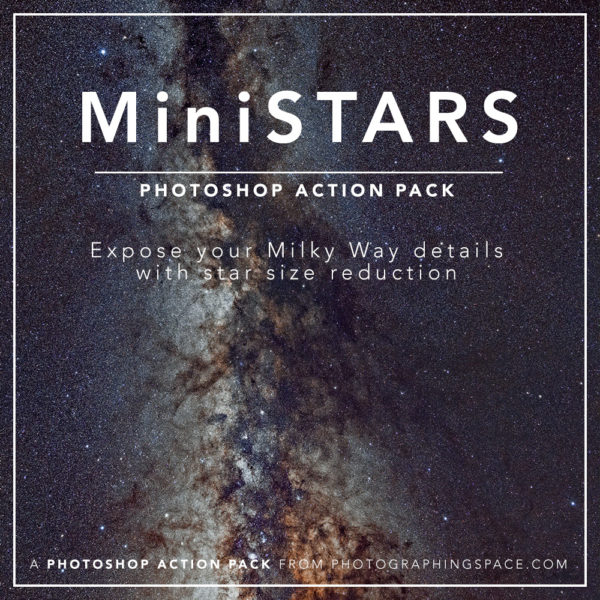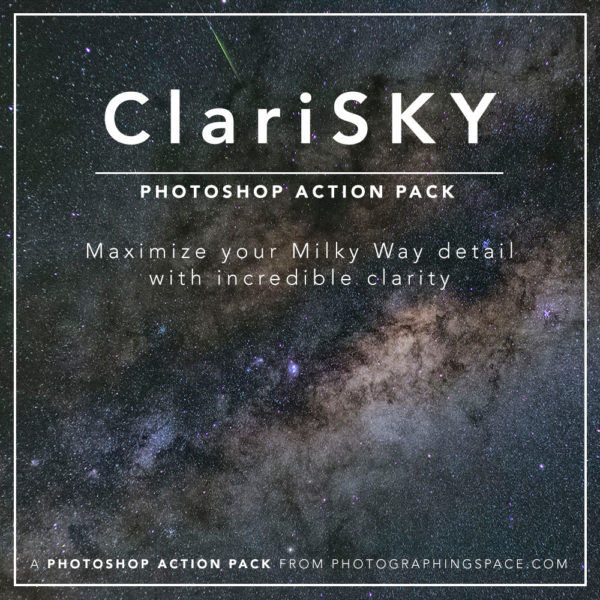We’re sharing more data so you can improve your editing skills!
Our recent data download post gave you the opportunity to edit some wide-field data shot by Cory, and to see if multiple wide field short exposures will result in a better image. (Read the results and see other’s edits here)
Now we’re bringing you even more data, some longer exposures (180 seconds), with calibration files (should you wish to use them), to see what you can do with 15 minutes of exposure time on the Carina constellation and surrounding areas. This is also a great opportunity for folks in the north to work on some southern data!
The data is a wide-field view of Carina and surrounding constellations; Crux (the Southern Cross), Musca, Vela, Volance, Chamaeleon, and Centaurus. The two nebulae easily visible are Carina and the Running Chicken nebula.
Interesting space stuff includes the Pearl Cluster (NGC3766), Gabriela Mistral Nebula (NGC3324), Open Clusters NGC3114 and NGC3532, the Coalsack dark nebula (Southern Cross), the Dark Doodad (dark nebula), and the Southern Pleiades.
The data set
- Five 180 second exposures for each light frame, 15 minutes total. These files are in FITS format and require debayering. (Read more about debayering in DSS here)
- ISO: 800
- Camera: Canon 60Da
- Lens: Canon 24-70mm F2.8 LII. Shot at 24mm F4
- Mount: Celestron CG5
- Acquisition software: FITS in Nebulosity
- Calibration files: Master dark from 30 exposures, master bias from 100 exposures
Download the dataset and get cracking!
The light frames:
5 x 180-second light frames (118 MB)
Calibration files:
FOR PIXINSIGHT: 32-bit calibration master frames – dark and bias (85 MB)
FOR DSS: 16-bit calibration master frames – dark and bias (39 MB)
Note: DeepSkyStacker (DSS) requires the light frames and the calibration files to be the same bit depth, so you should download the 16-bit calibration files only if you plan to use DSS!
New to FITS files and stacking?
If you’re unsure of how to work with FITS files, the freeware DeepSkyStacker can help. Now that you’re moving into the realm of deep space photography you’ll be required to use astro-specific editing software. Deep Sky Stacker is the 1st choice for many aspiring astrophotographers as it’s effective and free!
Other noteworthy applications include (not limited to): PixInsight, Nebulosity, Maxim DL, and RegiStar.
The Rules
Share your results with us! Put a link in the comments section and/or share your data with us on social media. (Tag me @AstroTanja and @Photo_Space (Twitter) & @photographingspace (Instagram))
Happy Editing!








Thank you Tanja! These exercises are motivating me to learn PixInsight! I greatly appreciate it!
That’s great news Chris. I’m a PixInsight user too, and I’ll be re-editing my own data since I did this almost 2 years ago! Always new stuff to learn.
I worked through the Milky Way data–that was really fun–but I’m having trouble with DSS on these FITS files! I’m getting an error whenever I try to register the lights, master dark, and master bias together. It says the pictures are not compatible. It didn’t help to register and stack the lights separately and then combine the calibration files with it afterwards. What step am I missing here? I went through the RAW/FITS settings to make sure the debayering settings were right. I noticed the calibration files were 32 bit and the lights were 16…do I need to change the calibration files somehow before I combine them with the light frames?
Thanks
Hi Matthew,
Indeed, there seemed to be a problem with DSS and mixing 32-bit and 16-bit files, whereas PixInsight doesn’t have an issue. I’ve updated the download links (and tested them on DSS) with a 16-bit version of the calibration files to use in DSS!
Thanks for catching that error and letting us know about it!
Cheers,
Cory
Tanja, thanks for sharing your data to practice. I’m starting in astrophotography and learning how to process the images. This is the second image that I process using PixInsight. The first was the Milky Way that shared Cory. I hope your comments.
https://onedrive.live.com/redir?resid=BF1A780C3C3A5524!2788&authkey=!AA9OABsyU8Jrmyg&v=3&ithint=photo%2cjpg
Hi Tanja,
Thank you for sharing those images with the rest of the world.
I am curious about FITS files. Are they created by your camera? Do you create them from RAW files with a conversion software? What is the advantage of FITS over RAW files?
I usually work with Photoshop but can’t with FITS.
cheers
Hi Stephan,
I can answer your question. FITS files are created by a camera or an advanced image processing software package. It is merely a transport system for raw image data. The main advantage of FITS is that they are the open standard for containing the image data.
Converting FITS to another raw format like DNG or otherwise (even TIFF) is fine, and required, in your case, to use Photoshop. We use FITS to stack the raw data in DSS or PixInsight or other astronomical software packages. Sounds like I need to write an article on FITS!
Cheers,
Cory
Just a thought: It would be awesome if you could post the stacked and calibrated raw image as well for those who don’t want to go through preprocessing or use a lot of storage. Your website is great keep up the good work.
Hi Bray,
Ha! Then it wouldn’t be a raw image anymore. 🙂
But I get your point. Maybe we will in the future!
Cheers,
Cory